Panier
Close
- Aucun produit dans le panier.
Sous total (Hors frais de livraison)
0,00€
Payer
Expédition et livraison
Réparation et maintenance
Q:
Hi Thomas, can you briefly introduce yourself?
T:
Le downwind est une pratique nautique qui consiste à naviguer le long des courants et des vents, en utilisant une planche, un canoë, une pirogue hawaïenne, un kayak de mer, un surf-ski ou un prône paddleboard.
La pratique du downwind est très ancienne et a été récemment modernisée avec l’utilisation de foils et de wings. La force propulsive pour prendre son envol peut-être avec une pagaie ou une wing. Sur un parcours de downwind, on va se laisser surfer et glisser dans le sens de la houle avec le vent dans le dos. Les sensations sont juste exceptionnelles.
Avant de s’aventurer dans un downwind, il faut maitriser la pratique et bien se préparer pour éviter les mauvaises surprises.
Q:
Before getting into parawing, what other sports did you do?
T:
Q:
Why did you get into parawing?
T:
Q:
How did your first sessions go? Is it hard to learn?
T:
I was flying on my first session and even jibed — no “walk of shame” — and I was going upwind well even without flying (in fact, I struggled more to bear away at first), probably thanks to my gear. So I can’t say it was hard. But my past experience on other foils definitely helped, and my equipment was well suited. After 5 sessions (2 of which had very light wind), I’m landing all my jibes in steady wind and can briefly pack/unpack the wing. I’m no pro athlete — I think it’s quite accessible, though less so than wingfoil.
Funny story: for my first session, I launched in offshore wind — probably not very smart — but my buddy Benjo, a wing instructor, came along for safety. When I saw I could go upwind even without flying, I told him he could head home. That’s when I got my first real and long tangle — alone in the bay drifting out to sea… So yeah: “do as I say, not as I do” — don’t start in offshore wind.
Q:
Any advice for getting started?
T:
Q:
What do you mean by “the right gear”?
T:
The critical phase is takeoff. Once flying, it feels like a mix of wingfoil and kite, and it came naturally to me.
To get airborne, you need a stable board — ideally one that floats at rest — about 10–30L over your body weight. It should be relatively narrow for glide, but not too much to lose stability. A midlength or compact downwind board is great.
For me, the AFS Blackbird ML 6’3 (22.5″, 100L) is perfect with my 92kg. Very stable for its width, rigid, super light. I could switch to the longer, narrower Blackbird V3 for earlier lift, but it would be harder to handle in onshore chop. Rigid boards are also better for pumping. The AFS Whitebird 6’6 and 6’8 are also great — a friend started on one and is progressing fast.
I also tried a beginner wingfoil board (AFS One L, 100L but wide), and it’s not bad for learning and understanding how parawing works. A midlength will take off earlier, but the One is super stable and forgiving. If you’re used to downwind boards and have good balance, you can probably keep using the same one.
For the foil, I use the AFS Enduro 1300 or 1100. I’ll also try the new 1600GLT for light wind. These foils are easy, lift early, go upwind well, turn smoothly, glide well, and have great low-speed lift — which really helps when flying in parawing mode. I’m on the UHM85 Skinny mast — insane glide. A UHM80 might be even easier to lift off, but I already had this one in my wingfoil quiver.
Wing size: I chose a big one — 4 to 5m² — to ride in moderate water and summer thermals. I’ve seen lots of young pros (half my age) riding 3m² wings, but they’re super fit and often in 25 knots of wind. I think many beginners choose too small.
As for the parawing model — don’t rush. The sport is new and some brands clearly released their v1 too fast. To learn, go for the best (stability, upwind), not the cheapest. “It’ll be fine to start” makes no sense — beginners need the best gear. If you end up quitting after 3 sessions because you bought the wrong stuff, you’ll have wasted money.
Q:
Some people say you need to rebuy everything for parawing — thoughts?
T:
I don’t think so. In my case, I use the same board as for wingfoil. I was already using AFS’s longer, narrower boards. For the foil, I use my light-wind setups. So I haven’t bought anything new… except the parawing itself.
For example, in 5m/BlackbirdML6’3/Enduro700/900 for wingfoil, I ride 5m/Blackbird6’3/Enduro1100/1300 in parawing.
In light wind (<15 knots), I still use my wingfoil setup — it’s more efficient for now. But if the wind picks up, I swap my wing for the parawing and keep the rest the same.
Q:
Do you have any technical tips?
T:
This is foil — so protect yourself more than usual. You’ll fall in new ways. But also avoid anything that might catch on a line — life vest straps, GoPro mounts… keep things smooth.
Avoid coiled board leashes — they can tangle with the lines. I use a straight, elastic Dyneema leash.
Let the parawing float ear-down on the edge of the window, bar on the leeward rail. Get on your knees sideways like wingfoil. Hold the parawing with your back hand and balance with the front one on the nose if needed, then stand up and bear away immediately for speed/stability.
Once in the air, do a quick “comma” turn to reach beam reach. Shift your front hand forward to steer via the front lines. Use a harness by session 2 or 3 — it’s a workout without one.
I don’t use a wing leash — it just adds tangle risk. If I let go (rare), I can recover it easily 10m in front of me.
Depending on depth, I either keep the parawing flying or pack it on the deck or hull. Avoid letting it sit in the water too long — it gets heavy and messy.
Lay it out, put the bar on the leading edge, accordion fold the LE, place lines inside the canopy, roll it up, and store with bar on top. This avoids tangles next time. I take care not to crease the battens too much
I swim out with the parawing in its banana bag until there’s enough depth. Don’t deploy too early — I tried in gusty wind and it was a mess, constantly falling into the water like a fishing net. Better to pack it until you’re in steady wind.
Bear off more than you would in wingfoil, project forward, let the board glide, and pump. Let the parawing carry you almost dead-downwind without pearling. With the Blackbird ML, this works best. Set the bar at about 45° for forward pull — sometimes I look silly with my butt sticking out, but I’ll work on that.
Much easier in steady wind (17–18 knots in 5m² for my 92kg). Bear off, steer the parawing inward using the A lines. As it drops back slightly and the trailing edge flutters, finish your turn and aggressively steer it to the other side, keeping it ahead of your curve. In stronger wind, loop it high through the zenith — it’s over in 2 seconds and super easy. In light wind, it’s trickier — you may need to pull briefly on the C lines during the turn to help it rotate faster.
Like any wing or kite — dry it. I hang it on a clothesline.
Q:
Thanks for all the tips! Last question — what do you enjoy most about parawing and how do you see it evolving?
T:
I love the fresh feeling and the shared learning curve with fellow parawingers. On the water, I enjoy the 360° view that I missed from kiting. I also love the minimalist gear — I can leave my house on foot and hit the water without even stopping on the beach.
Surfing with the wing packed is also amazing — that’s the holy grail for me.
For future evolution, I think a packing line system needs to be invented, especially for long-line parawings. Tinkerers are already on it — I’ll build one too.
To make it even more accessible, especially in light wind, wings need to make takeoff easier — it’s still tiring and technical (except for dockstart pros!). Pumping with the wing isn’t very effective yet. Upwind is no longer an issue — modern wings climb upwind as well as any wingfoil and are super stable.
Maybe wind range could be expanded, but the gear is already incredibly efficient.
In conclusion: the real progress will come from what happens *between the bar and the board* — but as long as I’m on the water (or in it), I’m happy to keep learning.
Click & Collect
Paiements sécurisés en 3 ou 4 fois
Conseils de passionnés
Satisfait ou remboursé
2 à 3 ans de garantie
Livraison dans le monde entier
Votre emplacement actuel et les langues disponibles
L'équipe WEB est en effectif réduit du vendredi 8 août au vendredi 22 août. Pour autant la production et les livraisons continuent ! Ainsi pour toute demande de suivi livraison, merci d'écrire à [email protected], pour la facturation à [email protected], pour du conseil matériel à [email protected].
Construisez votre équipement complet de fleuret en fonction de votre pratique et de vos objectifs.
Répondez à quelques questions rapides et obtenez une suggestion.
Comparez jusqu'à trois stabilisateurs côte à côte.
A venir...
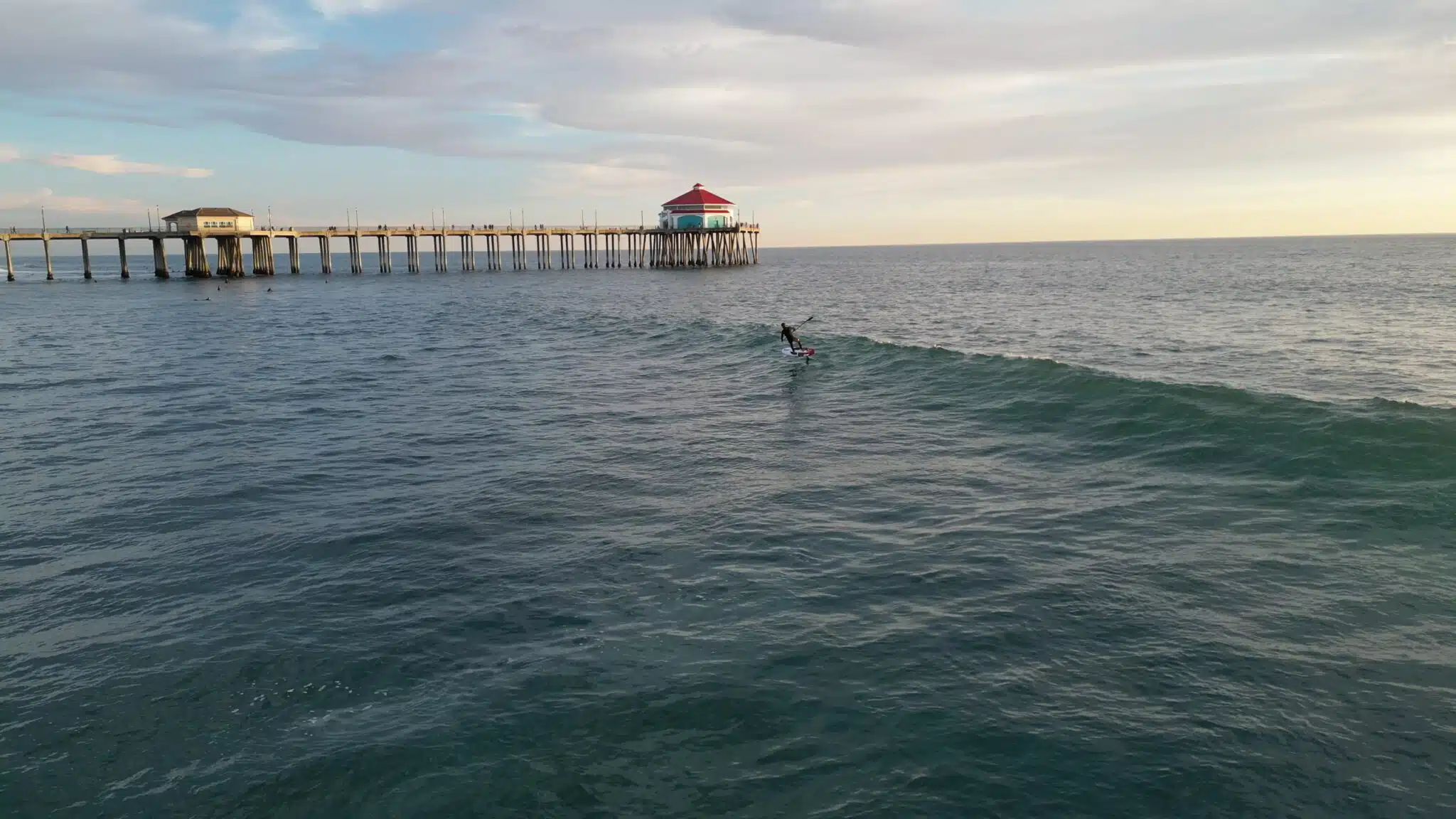
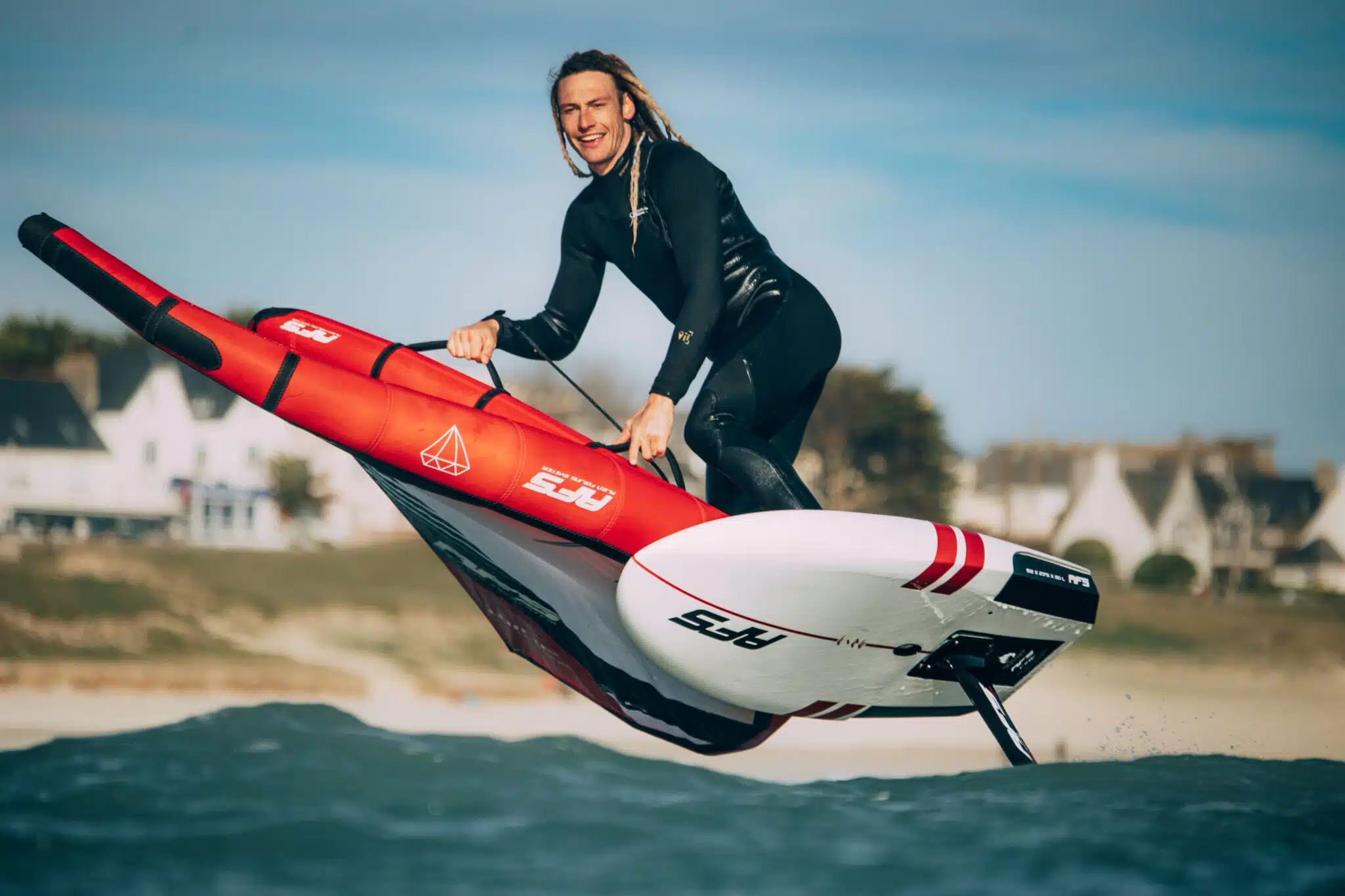

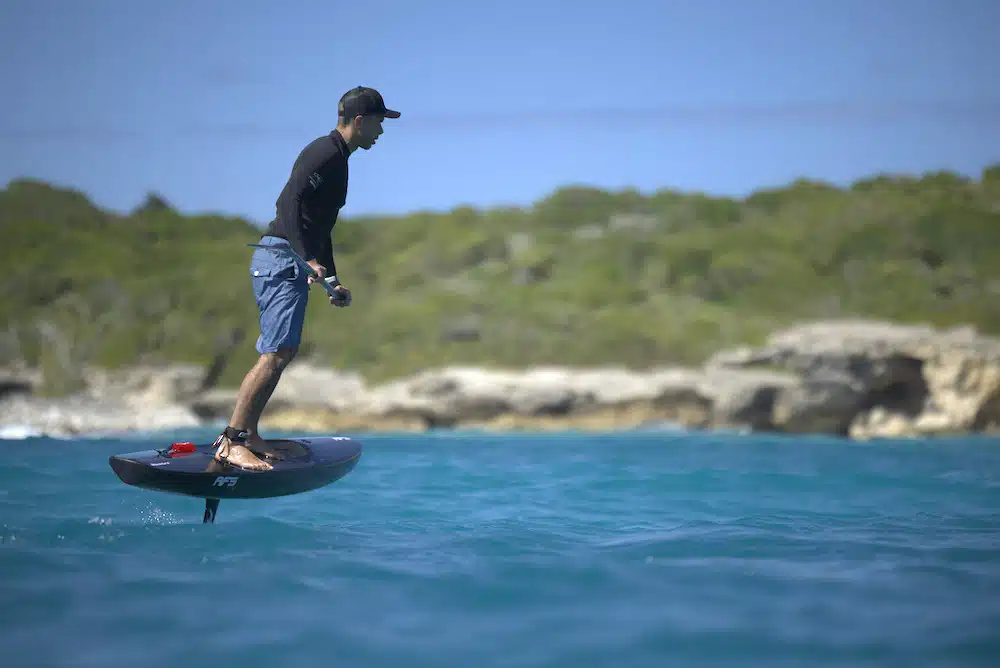
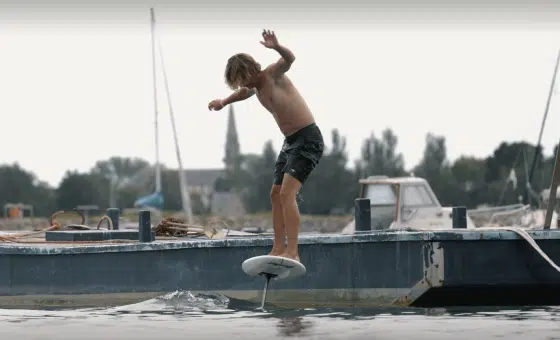
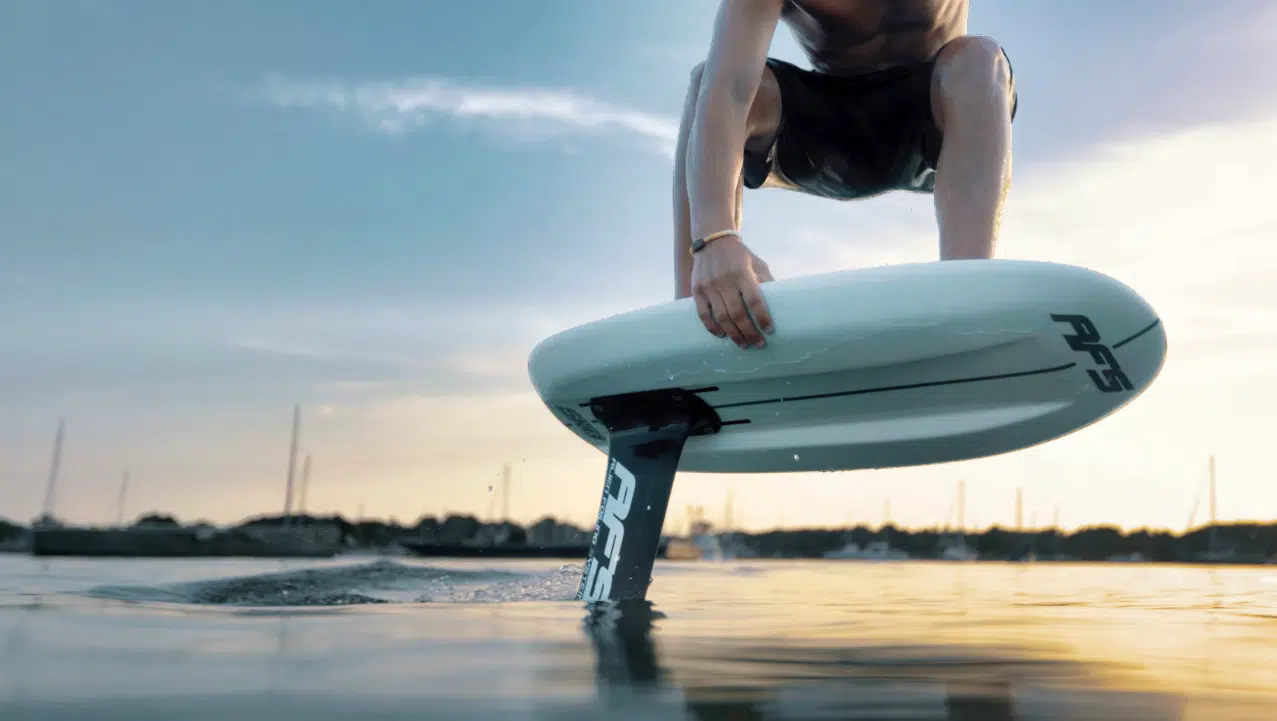

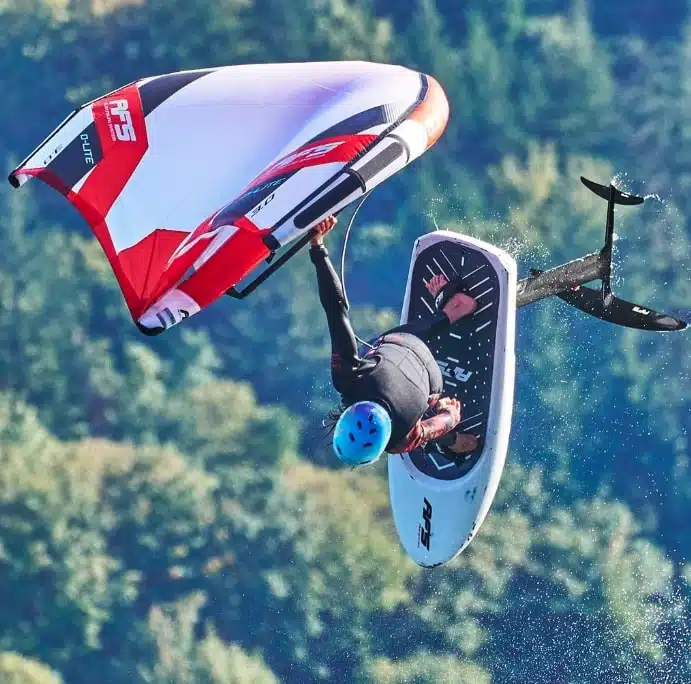
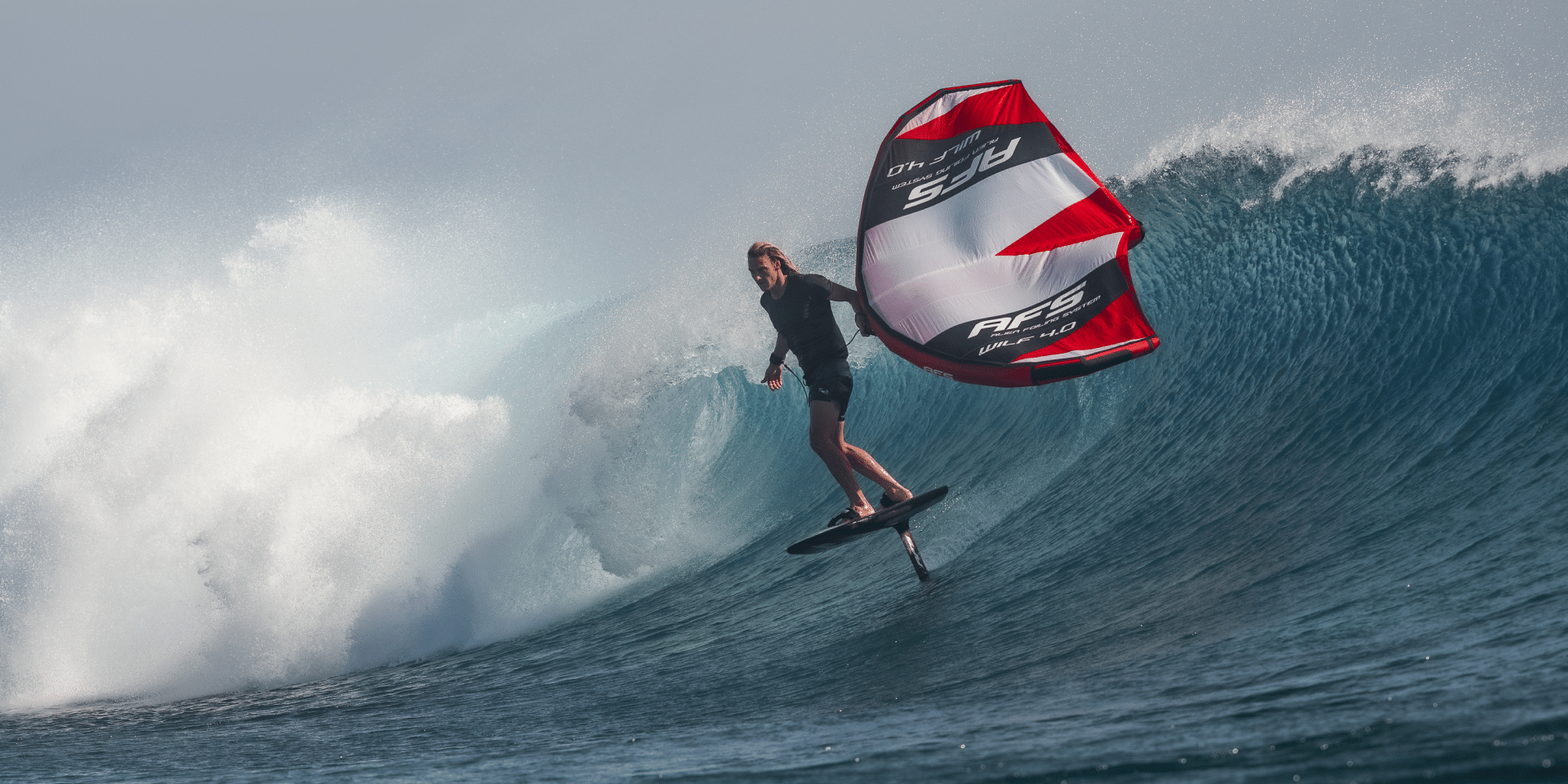
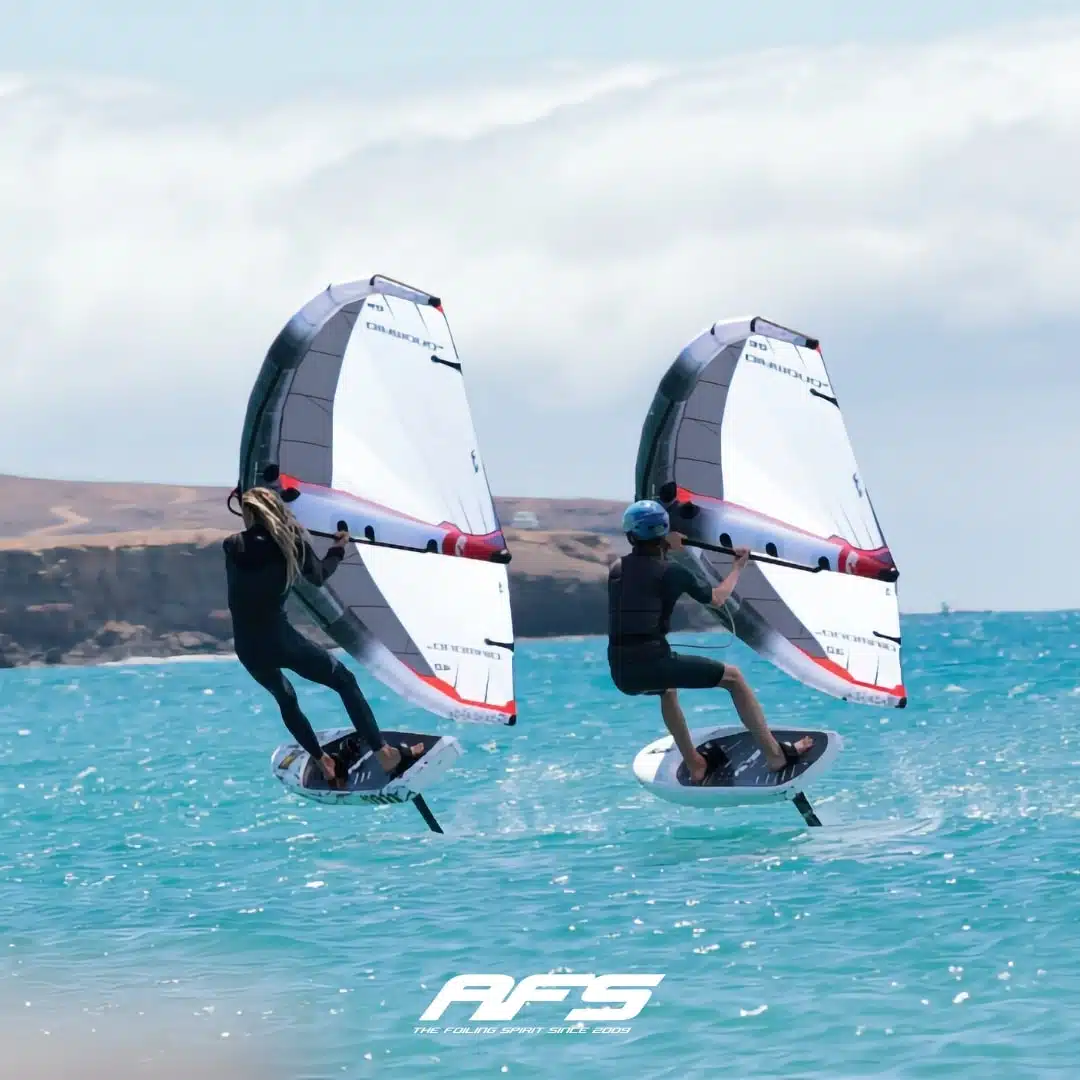
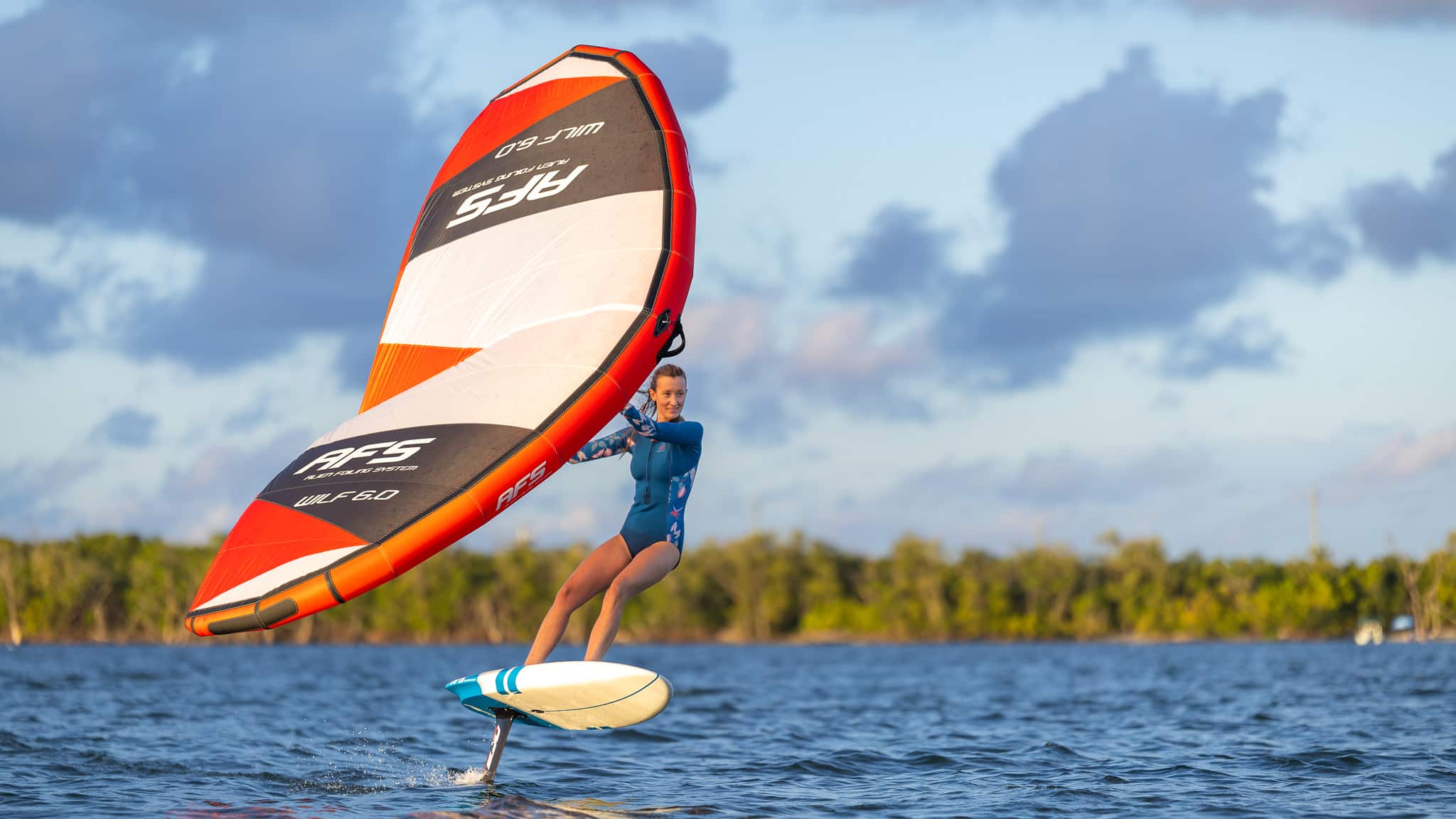

Vous recevez un produit en excellent état, avec quelques petites éraflures dues à l'utilisation.
Votre produit présente quelques rayures ou défauts visuels mineurs, mais il est prêt à repartir à l'eau !
Malgré des rayures plus profondes ou des défauts visuels plus prononcés, votre produit peut prendre la mer sans hésitation : à ce prix, il est dommage de s'en priver !